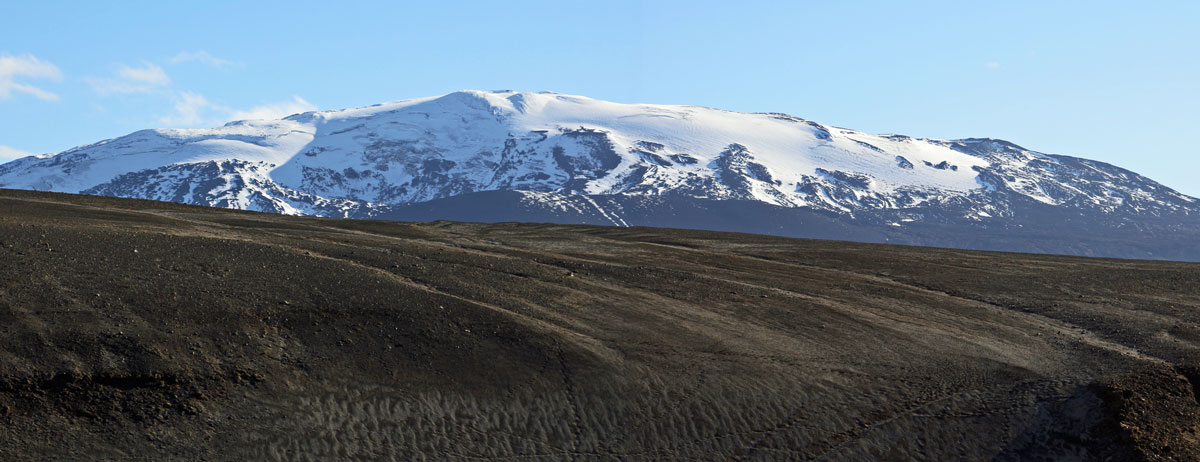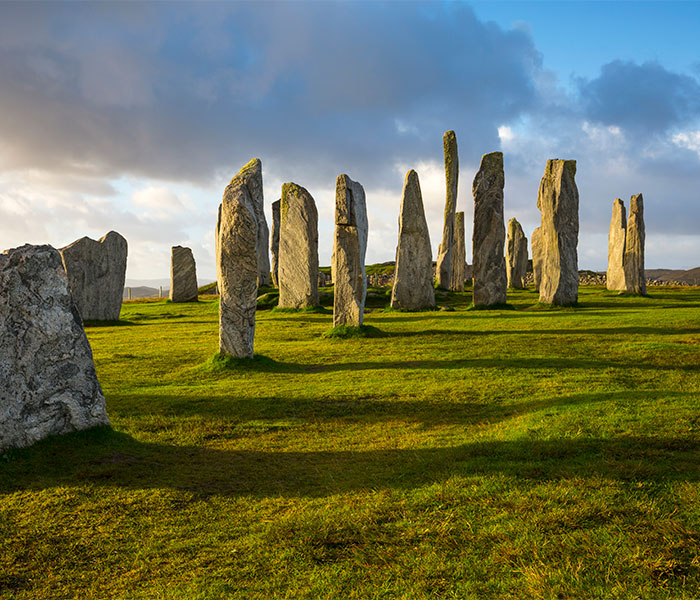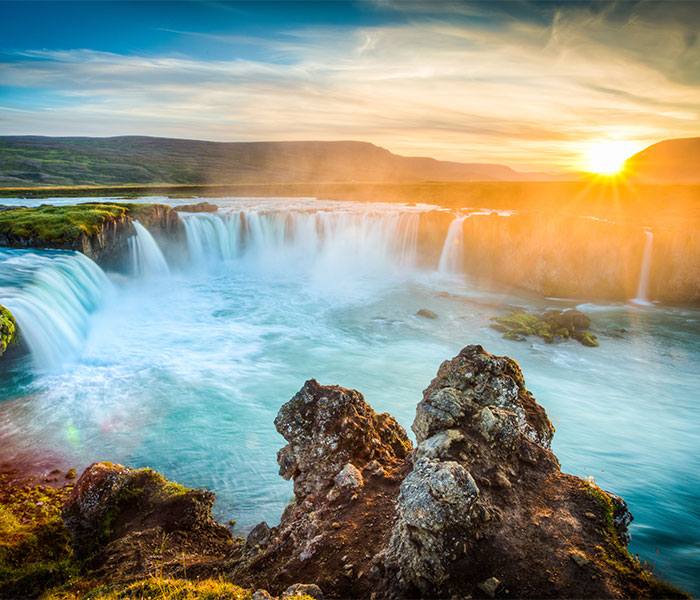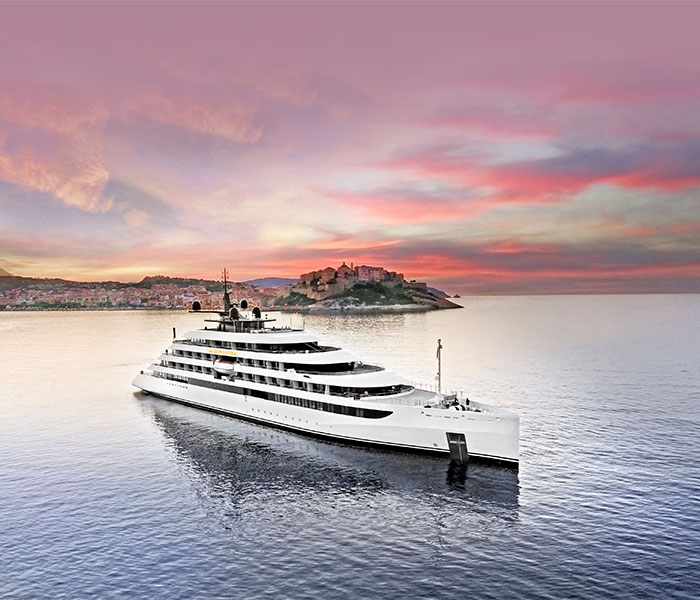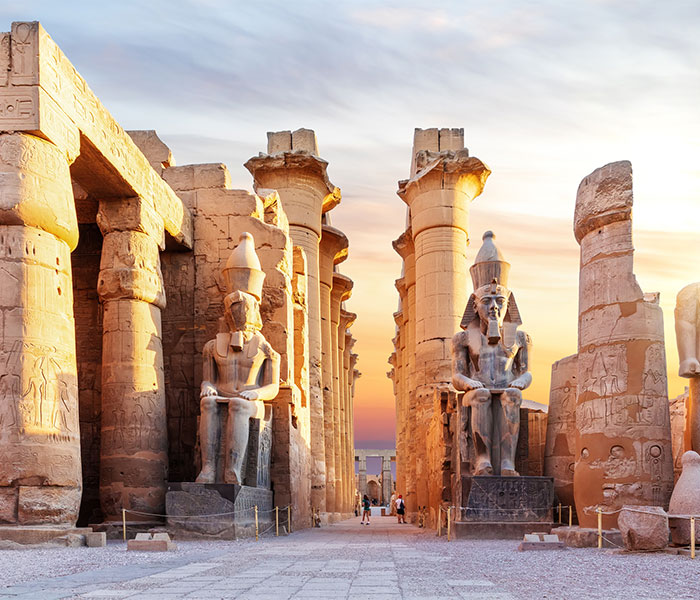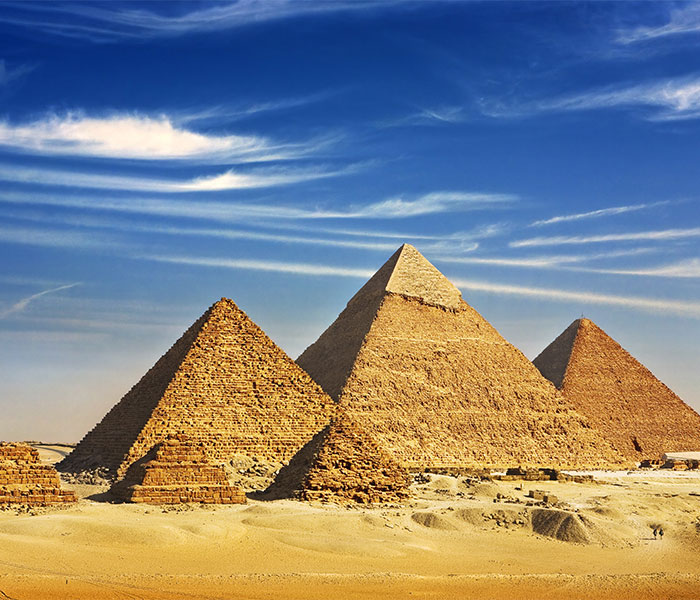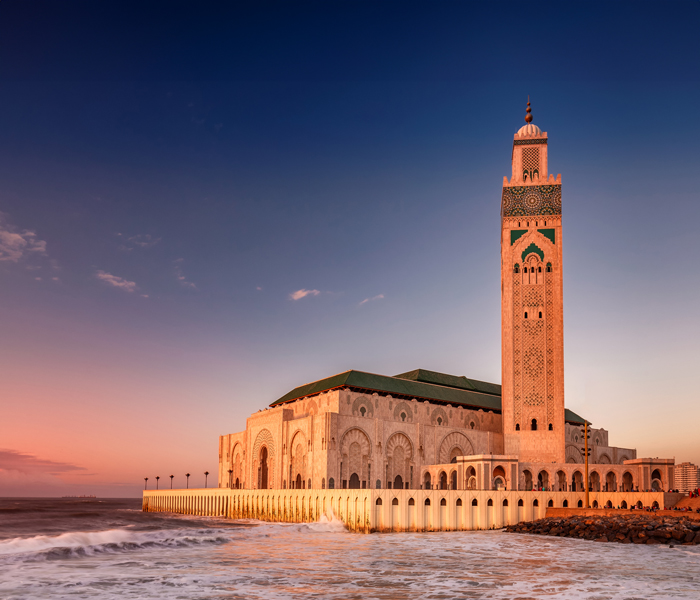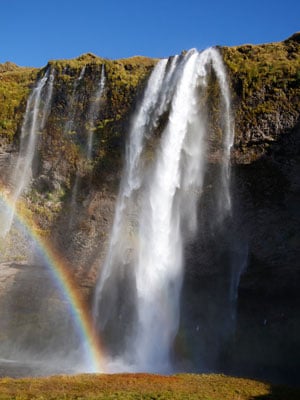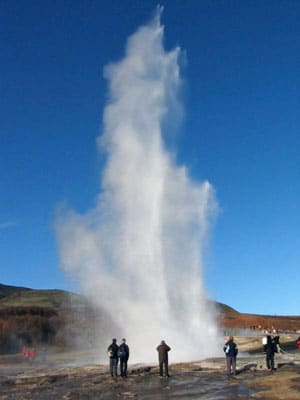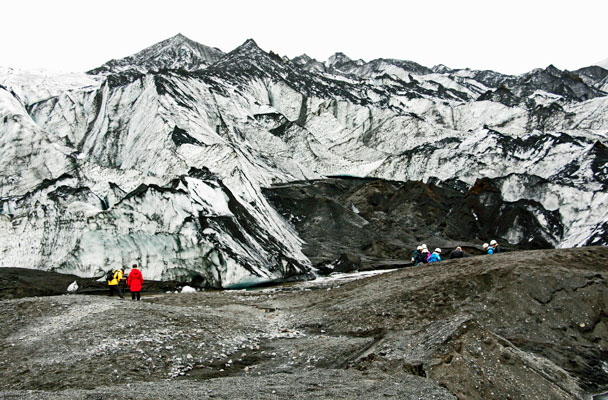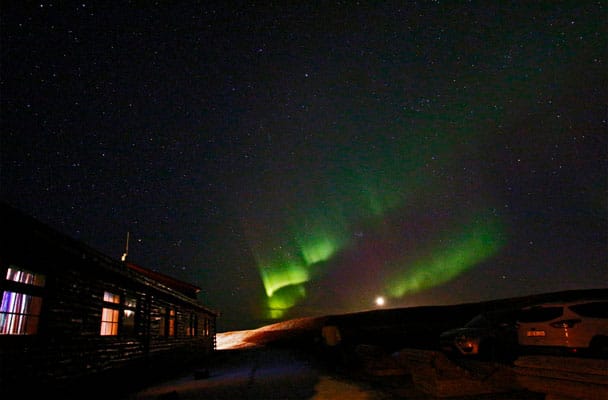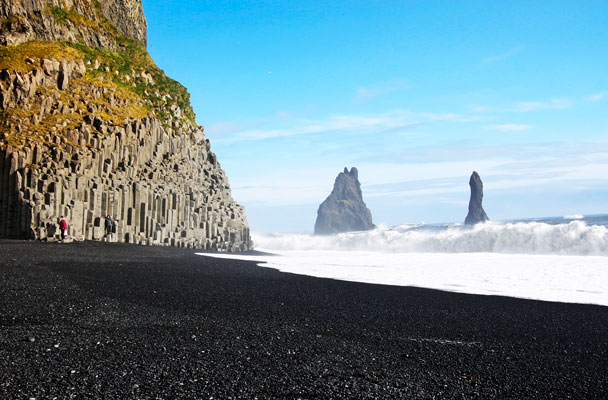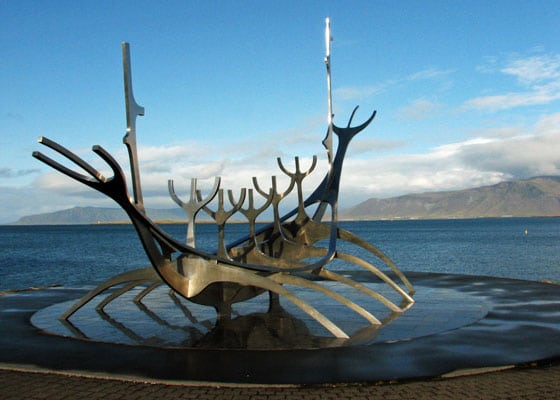Other Worldly Scenery
Iceland’s amazing landscape is thanks to its geology. Born a mere 16 million years ago via an underwater lava plume that erupted from the North Atlantic seafloor, the island grew as molten lava drove apart the Eurasian and North American tectonic plates. Even today, Iceland continues to expand at a rate of 0.8 inches (2 centimeters) a year. Icelanders sometimes joke that millions of years from now, Iceland will be large enough to be called a continent.
The most obvious example of Icelandic expansion is in Thingvellir National Park, an hour northeast of the capital city, Reykjavik. Here you can stroll beside a towering cliff wall of solidified lava that is part of the North American plate, while gazing across the rift valley toward the Eurasian side of Iceland. On the Reykjanes peninsula southwest of Reykjavik, you can actually walk across this continental divide via the Bridge Between Two Continents.
Thingvellir is one of three stunning locations that comprise the ‘Golden Circle,’ a must-see excursion when visiting Iceland. The others are the Geysir Hot Spring Area, where every few minutes the geyser Strokkur shoots water 100 feet (30 meters) into the air, and Gullfoss, the ‘Golden Falls.’ Iceland’s iconic, thundering waterfall.
Iceland may have more waterfalls, per capita, than any other country. These falls are a consequence of numerous large glaciers, whose summer melts feed rivers that flow over the many lava walls and cliffs found throughout the island. Along the south coast, in addition to Gullfoss, is magnificent Skógafoss (with the excellent Skógar Museum nearby) and Seljalandsfoss, a tall cascade of water you can actually walk behind. In the north is Dettifoss, the most powerful waterfall in Iceland, and majestic Goðafoss, the ‘Waterfall of the Gods.’ In the Westfjords is Dynjandi, cited by some Icelanders as the country’s most beautiful waterfall.
There are at least 30 active and extinct volcanoes in Iceland. Perhaps the most famous is Eyjafjallajökull, which erupted in 2010 and caused a major disruption in air travel across parts of Europe for a week. Hekla, an easy 90-minute drive east of Reykjavik, last erupted in 2000 and used to do so regularly every decade. In West Iceland, on the Snæfellsnes peninsula, is stunning Snæfellsjökull, a 700,000-year-old glacier-capped stratovolcano that last erupted around 200 AD. Its claim to fame is courtesy of the author Jules Verne. In his 1864 novel Journey to the Center of the Earth, he placed the entrance of a passage leading to Earth’s center on Snæfellsjökull.


